Reference : chord inversions
A chord is said to be in its root position when its root is the lowest note. A three-note chord or triad can also be in its first or second inversion. A chord is in its first inversion if its third is the lowest note. It is in its second inversion if its fifth is the lowest note. In the following example, the major triad of C is in its root position and in its first and second inversions:
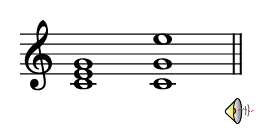
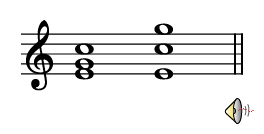
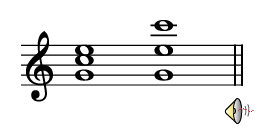
The more notes a chord has, the more inversions it can have. The following example shows the dominant seventh chord of G in its four positions:
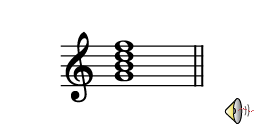
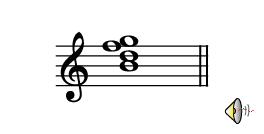
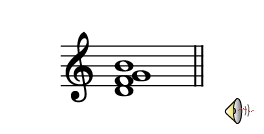
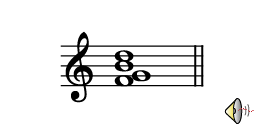
See C > Chord for related entries.
